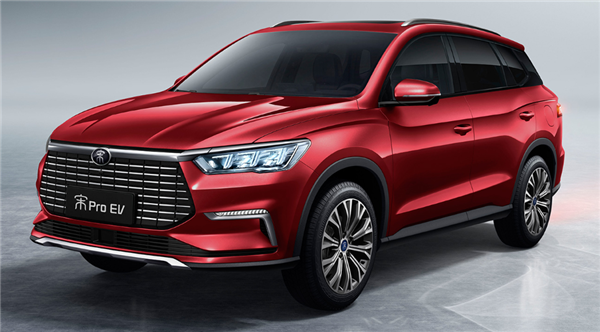China extends NEV subsidies to 2022 with slower phase-out pace
Shanghai (ZXZC)- China will extend subsidies for NEV purchases to 2022, which were supposed to be stopped by the end of this year, four important ministries of China formally announced on April 23 after the State Council conveyed a same guidance last month.
Except vehicles equipped with swappable batteries, new energy passenger vehicles applicable to the incentive should be priced RMB300,000 at most.
To slow the pace of subsidy phase-out, the government will in principal cut subsidies on NEVs by 10% this year, by 20% in 2021 and by 30% in 2022, according to the document jointly issued by the Ministry of Finance, the Ministry of Industry and Information Technology (MIIT), the Ministry of Science and Technology and the National Development and Reform Commission.

(BYD Song Pro EV, photo source: BYD)
A consultation paper issued by the MIIT last year shows that China expects NEVs to account for a quarter of auto sales by 2025, as it seeks to reduce pollution and prop up indigenous auto brands.
Largely affected by the subsidy slash from mid-2019, China saw its NEV sales fall 4% year on year to 1.206 million units. For the first quarter of the year, the decline was widened to 56.4% mainly due to the impact of COVID-19 outbreak, which makes the roll-out of incentives particularly imperative. Perhaps for that reason, authorities decided to delay putting an end to the tried-and-true approach.
With regard to the eligible NEVs used in such areas as urban public transport, road passenger transport, taxi, ride-hailing service, environmental sanitation, urban goods delivery, postal expressage, airport and official business of governmental bodies, the subsidies won't be cut this year, while will be decreased by 10% in 2021 and by 20% in 2022. The number of vehicles available for the subsidies should be no more than 2 million units per year.
The policy comes into effect from April 23 with a three-month grace period ending July 22.

